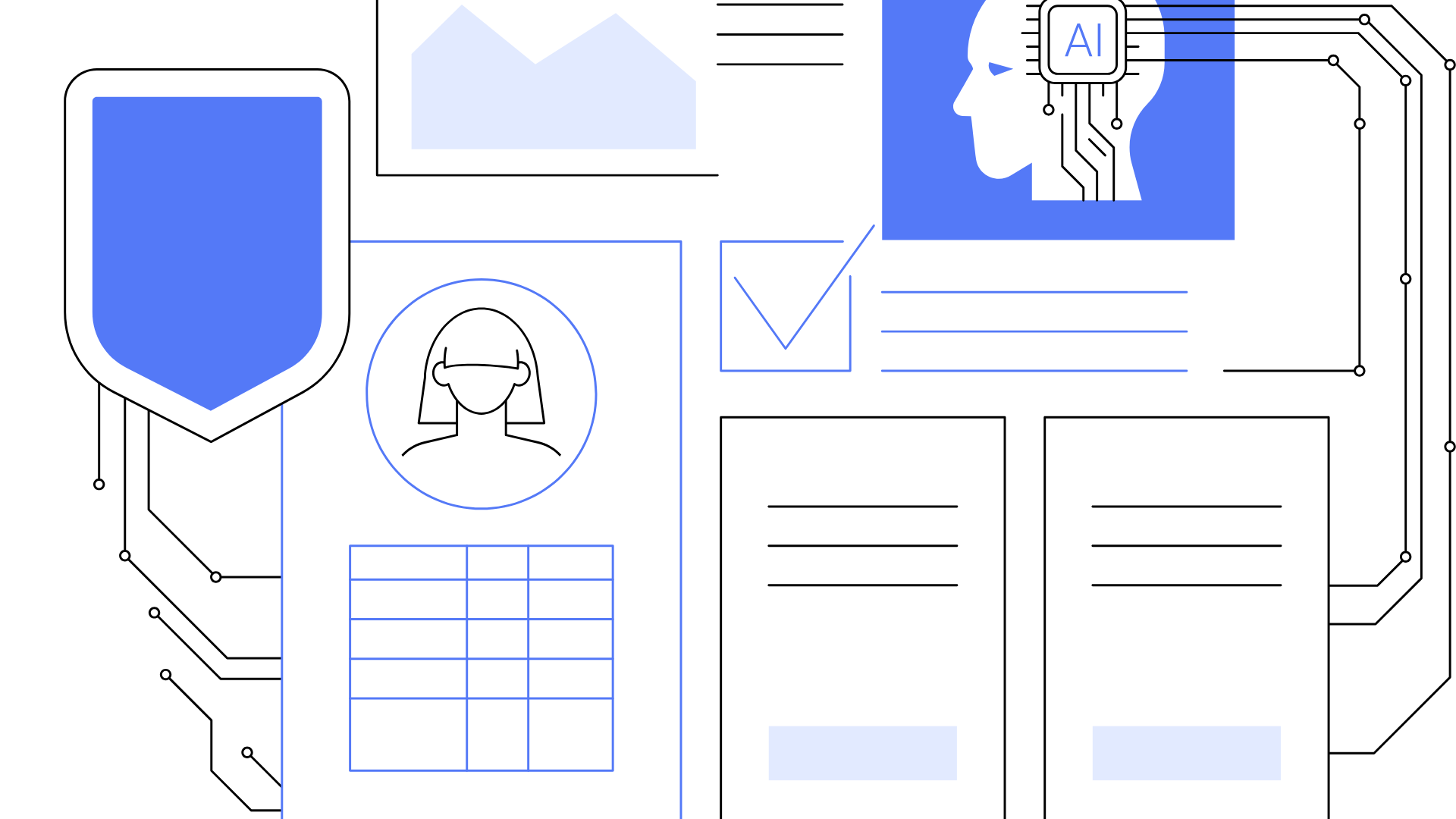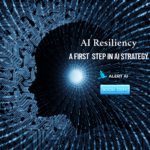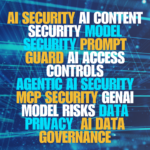
Securing Your AI Frontier: How Alert AI Security Gateway address Complexity in AI Guardrail Management
The rise of AI, particularly Generative AI and Agentic AI has brought unprecedented innovation to enterprises across industries like healthcare, finance, retail, and government. However, this power also introduces significant challenges, especially in managing the complexity and ensuring the secure and ethical use of AI applications. This blog post will explore the crucial role of AI guardrails and how platforms like Alert AI, with its innovative AI Gateway, simplify the deployment and management of AI applications without code changes, while supporting a wide array of models.
The Unseen Complexity: Why Guardrails are Essential for AI
Deploying AI applications in a production environment is far more intricate than simply integrating an API. Organizations must address risks such as:
- Data Leaks and Privacy Violations: Sensitive data, including PII (Personally Identifiable Information), financial records, or proprietary information, can be accidentally exposed through AI interactions.
- Security Vulnerabilities: AI systems can be vulnerable to attacks like prompt injection, model denial-of-service, or model theft.
- Ethical Concerns and Bias: AI models can reflect biases in training data, leading to unfair or discriminatory outcomes.
- Compliance Requirements: Adherence to evolving regulations like the EU AI Act, GDPR, or industry-specific standards is paramount.
AI guardrails act as a safety net, enforcing policies, checks, and controls to ensure AI systems operate within ethical, secure, and compliant boundaries. They evaluate both user prompts and model responses for potential harm, proactively monitoring interactions between users and AI models to ensure a consistent and secure experience across the entire AI ecosystem.
Navigating the Labyrinth: Challenges in Managing AI Applications
Integrating AI applications into existing infrastructure and managing their lifecycle presents several operational hurdles:
- Fragmented Security Policies: Different applications using diverse AI APIs can lead to fragmented security policies, making centralized auditing and enforcement difficult.
- Cost Control: Managing API usage, setting rate limits, and optimizing model selection for cost-efficiency can be complex.
- Integration and Orchestration: Integrating with multiple AI models and providers, managing routing logic, and implementing failover mechanisms require intricate custom code within each application.
- Observability and Governance: Gaining complete visibility into AI interactions, auditing usage, and ensuring compliance can be challenging without a centralized system.
Alert AI and the Power of the AI Gateway
Platforms like Alert AI and its AI Gateway address these complexities by providing a centralized control point for AI interactions.
The AI Gateway acts as an intermediary, managing, routing, and controlling access to various AI models and services. This abstraction simplifies development, enhances security, and offers crucial features like:
- Centralized Security and Policy Enforcement: The AI Gateway enforces authentication, authorization, and data privacy policies, ensuring consistent security across applications. It can also apply content moderation, input sanitization, and output filtering to prevent sensitive data leakage or the generation of harmful content.
- Model Selection and Routing: The AI Gateway intelligently routes requests to the appropriate AI models or providers based on the specific task or user needs. It can also handle failovers by seamlessly switching between providers if one becomes unavailable or too expensive.
- Cost and Resource Control: By enforcing rate limits, quotas, and prioritizing requests, the AI Gateway helps optimize resource utilization and manage AI infrastructure costs.
- Enhanced Observability and Governance: The AI Gateway logs and tracks all AI interactions, providing valuable insights into usage patterns, costs, performance, and error rates. This data is crucial for auditing, debugging, and driving continuous service enhancements.
- No Code Changes Required: A key benefit of the AI Gateway is the ability to manage and deploy AI applications without altering the underlying code. This significantly streamlines the deployment process and accelerates time-to-market for AI-powered features.
Here is, how Alert AI Secure AI Anywhere Zero-Trust AI Policy Gateway services helps when running large language models (LLMs) either Locally or Remotely, offers features that can be beneficial for:
Guardrails compliance, particularly regarding Data Privacy and Security
Here’s how Alert AI contributes to guardrails compliance:
- Data Privacy & Control: Alert AI Secure AI Anywhere gateway’s ability to intercept AI Application calls whether running on LLM’s locally or remotely regardless of platform keeps sensitive data within the user’s or organization’s AI infrastructure, reducing reliance on cloud providers and associated privacy risks. This aligns with regulations like GDPR and HIPAA where data privacy is paramount.
- Reduced Risk of Data Breaches: Using Alert AI Inline or Offline gateway mitigates the risk of data breaches and unauthorized access often seen with cloud-based solutions.
- AI Infrastructure & Auditability: Alert AI Secure AI anywhere cloud native services simplifies auditing practices, which can be crucial for regulatory compliance standards like GDPR and PCI DSS.
- Data Encryption: Alert AI incorporates encryption methods to protect data at rest and in transit, further enhancing security and compliance.
- Customization & Control: Alert AI’s Access Security gateway policy customization and secure API access controls can be used to set parameters and permissions, potentially limiting the range of responses and enhancing security protocols.
In summary, while Organizations aims for a strong foundation for data privacy and control, which are essential aspects of guardrails compliance, it is often combined with other techniques and tools to achieve a comprehensive guardrail system for secure and compliant AI deployments.
Conclusion
The adoption of AI and the management of AI applications present both incredible opportunities and complex challenges. AI guardrails are essential for mitigating risks like data leaks, security vulnerabilities, and ethical concerns. Platforms like Alert AI, with its robust AI Gateway, provide a centralized solution for managing and securing AI applications, offering features like model selection, policy enforcement, cost control, and observability without requiring extensive code changes. Embracing these powerful tools empowers organizations to unlock the full potential of AI responsibly and at scale.











